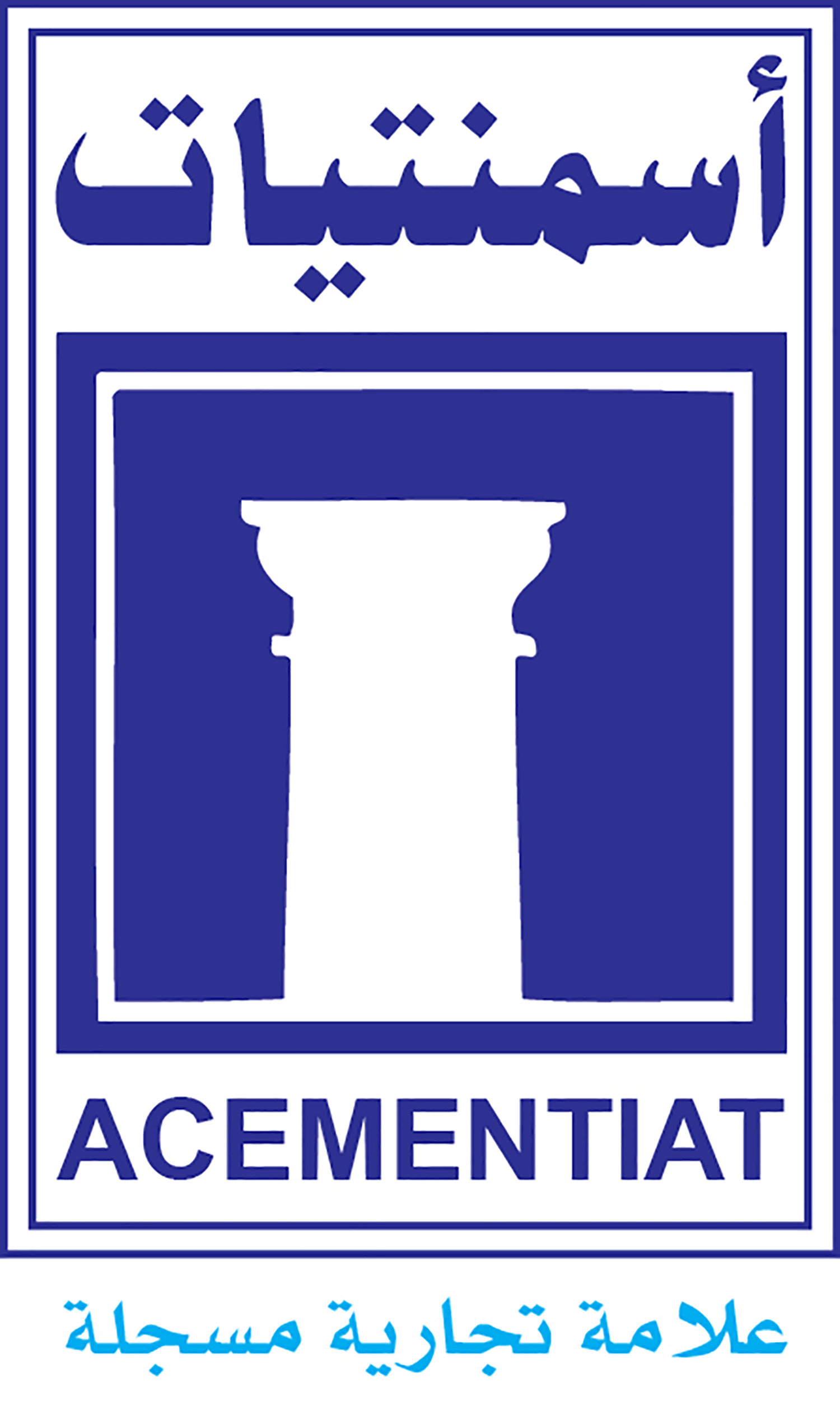
Our Products
GLASS Fibre Reinforced Concrete (GFRC)
GFRC (Glass Fibre Reinforced Concrete) is a material widely preferred by many engineer and architects servicing the construction industry. As a multipurpose construction material, which has been used for more than 30 years in many modern projects to create the esthetics needed, GFRC is formed by reinforcing the concrete with Alkali Resistant glass fiber then molding it in to the desired form. With its high mechanical properties such as compression and elongation strength, Our finishing textures like Acid Etch, Sandblast, surface coated and exposed aggregate finish.
Glass Fibre Reinforced Gypsum (GFRG)
Glass Fibre Reinforced Gypsum (GFRG) included gypsum plaster reinforced with glass fibers to produce a thin, lightweight, yet strong material. The GRG is a type of push out access panel made of glass fiber reinforced gypsum. It is designed to blend seamlessly in a drywall ceiling application. GFRG consists of high grade Alpha gypsum, glass-fibres strand and approved silicon additive for moisture resistance.
Ultra-High-Performance Fibre-Reinforced Concrete (UHPC)
Ultra-High-Performance Fibre-Reinforced Concrete (UHPFRC) is a composite material with high strength, ductile material, and provides very high compressive strengths and flexural strengths. This makes it possible to make slender constructions because now a smaller cross-section can transfer the same force as a larger cross-section. Due to the very dense matrix, UHPFRC has outstanding durability properties. It is shown that the concrete is very resistant to chloride and other chemical attacks and has high abrasion and fire resistance.
Glass Fibre Reinforced Plastic (GFRP)
Glass Fibre Reinforced Plastic is a composite material or fiber-reinforced plastic made of a plastic reinforced by fine fibers made of glass. Like carbon fiber reinforced plastic, the composite material is commonly referred to by the name of its reinforcing fibers (fiberglass). The plastic is thermosetting, most often polyester or vinyl ester, but other plastics, like epoxy (GRE), are also used. Fibreglass components, particularly those of complex shape, are often not only of lower cost than their counterparts in conventional materials, but also easier – and hence cheaper – to finish and handle.

